Minnesotans bravely—and proudly—embrace the outdoors 365 days of the year. Now, this might shock you given we experience winter for one half of the year and construction for the other, but this can-do, get-out-there attitude is one of the things I love most about living in the bold north. Indeed, no temperature is too cold—yes, -30°F, I’m looking at you—to cramp this adventurous spirit.
In fact, Minnesotans even have a beloved saying that captures the essence of this way of life: “There’s no such thing as bad weather, only bad clothing.” I love this and couldn’t agree more: Particularly during the pandemic, bundling up and getting outside has kept me sane in more ways than one and anchored me with the perspective and gratitude needed to keep moving forward and intentionally make the most of each day. True, the weather hasn’t always been perfect—in fact, over these past couple months it has been far from it—but nature continues to teach me that despite any obstacles we may face there is always, always something to be thankful for.
Ever determined to get out, Cam and I recently learned about a pop-up exhibit by the Minneapolis Institute of Art (Mia) that we had to check out. Appropriately titled “Art in Ice,” the display featured five famous artworks from the museum and transformed them into ice sculptures which were then scattered around Minneapolis parks. Mia pitched the attraction as an “only in Minnesota” moment that would persist as long as the weather allowed. A quirky ice sculpture scavenger hunt? A reason to get out of the house? Perhaps this is needless to say, but we were hooked.
Our first stop was to visit the “Celestial Horse” at North Commons Park. According to Mia’s website, “Reports of a ‘heavenly horse’ in central Asia, a couple thousand years ago so intrigued the Chinese emperor that he sent soldiers to acquire them. In bronze tomb art, they became even more idealized—spirited escorts to the afterlife.” While I didn’t necessarily think this icy steed gave off post-mortem vibes, he definitely reminded me of Mulan’s horse Khan Khan, and I half expected Mushu to jump out of the bushes at any moments shouting “I don’t do that tongue thing!” Alas, I’m more than a little disappointed to report that never actually happened. Sigh.
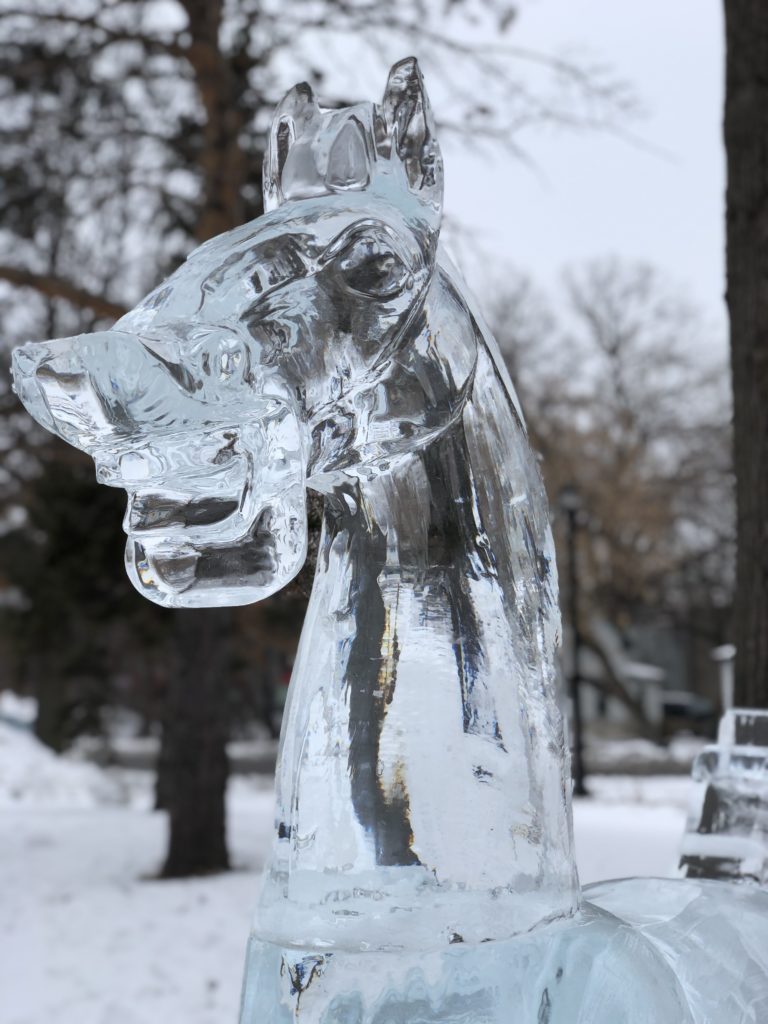
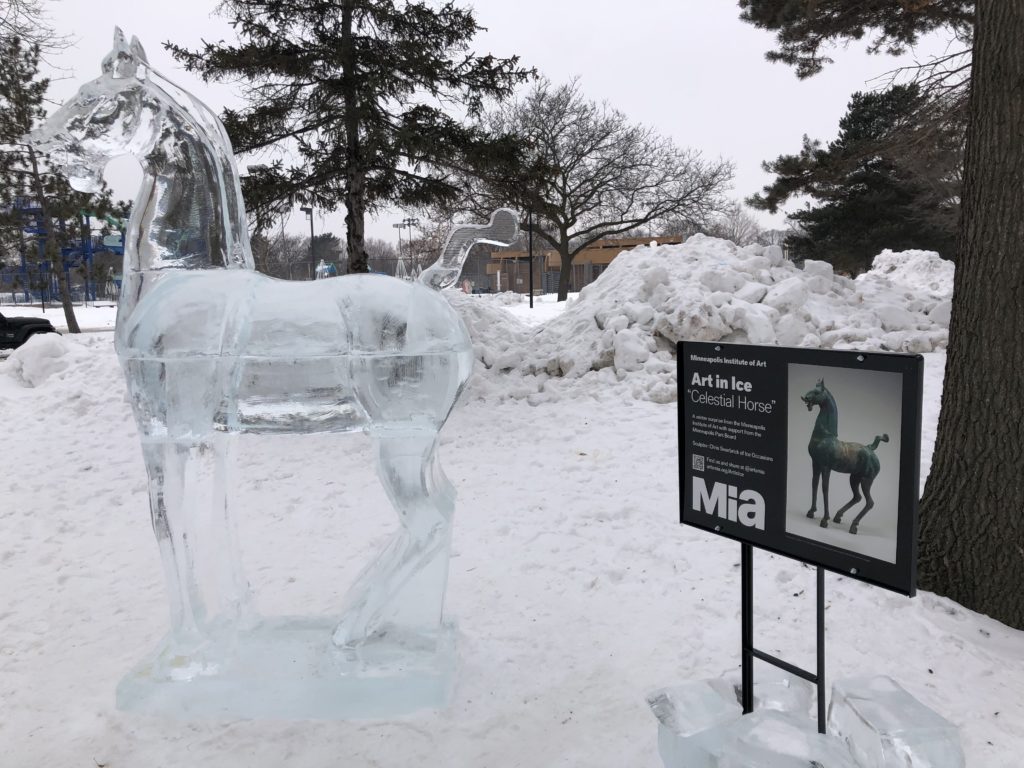
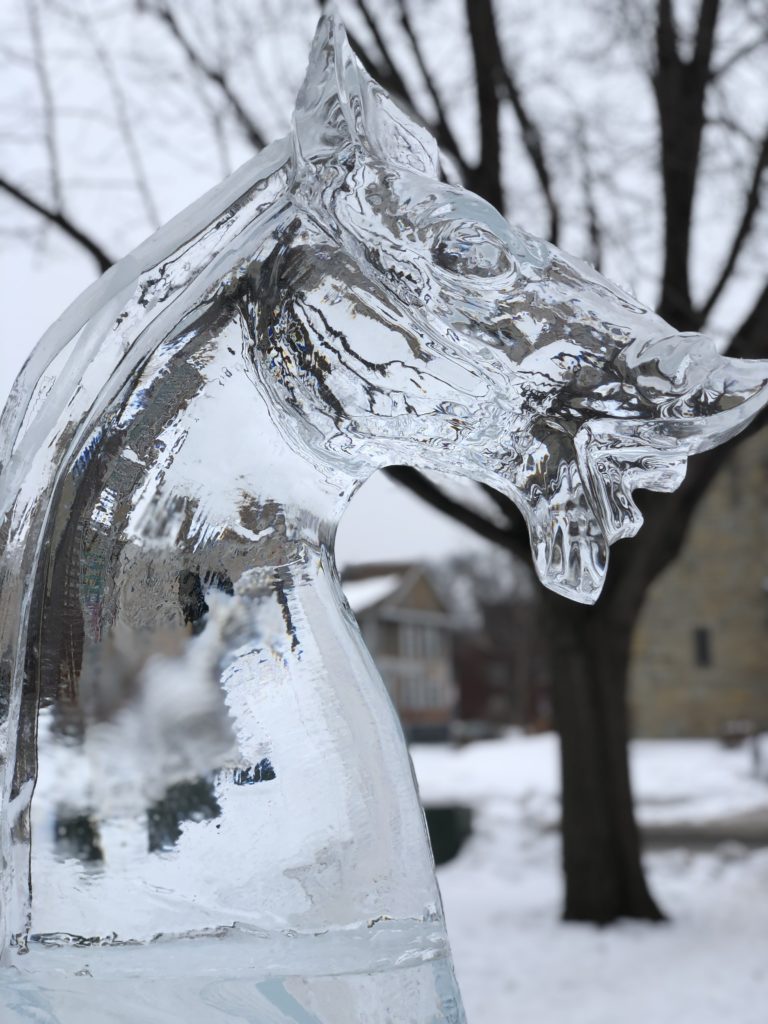
Our second
stop took us to “Aphrodisiac Telephone” at Boom Island Park. What is an
“Aphrodisiac Telephone,” you ask? Well,
it’s a lobster sitting atop a good old-fashioned rotary dial phone, obviously! As Mia elaborates, “In the 1930s, surrealist
artists like Salvador Dalí championed the modified found object as the
ultimate modern art form, but the art was sometimes functional as well. [To
this end, Dalí] made 11 working lobster phones for the homes of British patron
Edward James.” I’m not quite sure what
to do with this strange knowledge bomb, I can’t help but wonder what’s
weirder: This artwork or the B-52’s ironically
peculiar song? Regardless, suffice it to
say this Dalí-inspired solid ice block certainly brings a whole new level of
meaning to the term “rock lobster.”
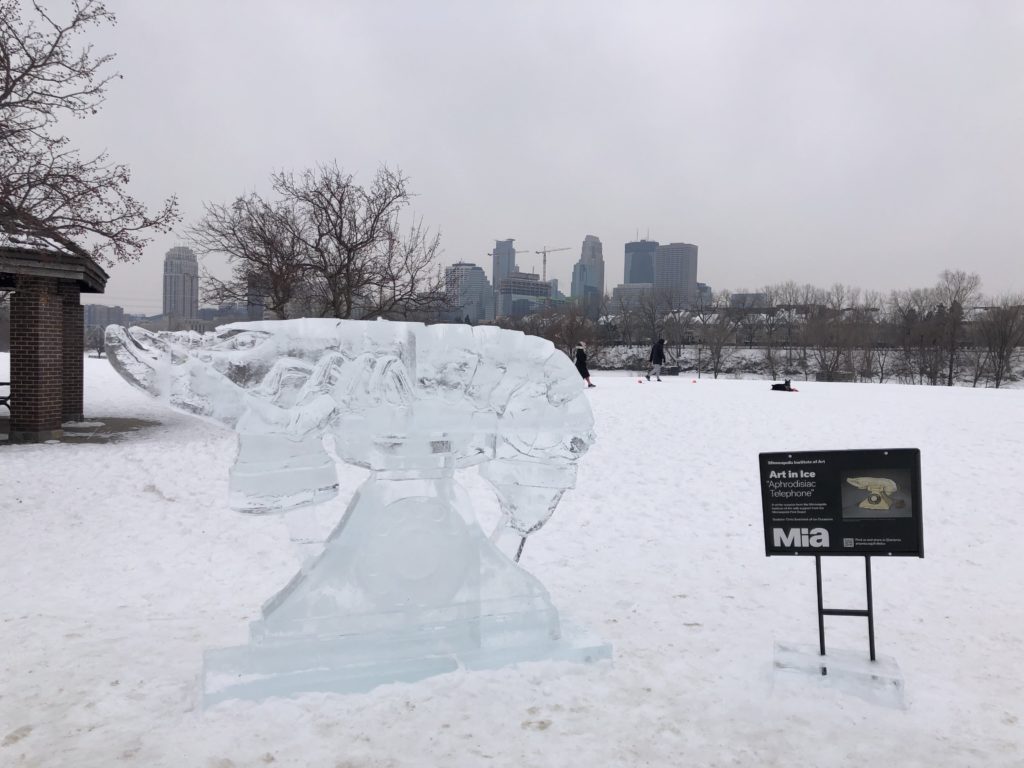
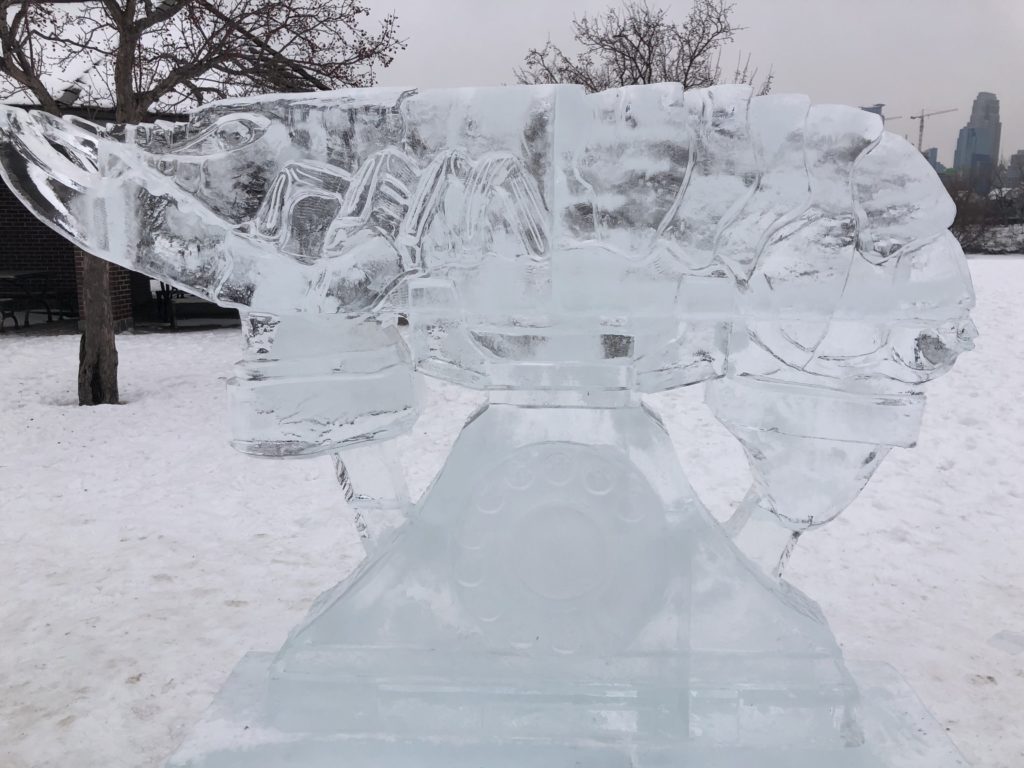
After getting our arthropod fix for the day, we ventured over to Longfellow Park to visit the “Veiled Lady.” What I loved most about this particular sculpture was its seemingly incongruous juxtaposition. This statue, which Mia describes as “a kind of magic trick in marble, an illusion of light and skill that brought fame to its sculptor, Raffaelo Monti, in Victorian-era England” is currently situated outside a massive collection of recreational hockey rinks that were filled with families making the most of winter. As we stared at the shrouded matron, we simultaneously heard the scraping of skates and the thwacking of hockey sticks, and something about the proximity of these two ostensibly disconnected moments—past and present, old and new, formal and free—felt very real, very raw, and undeniably human.
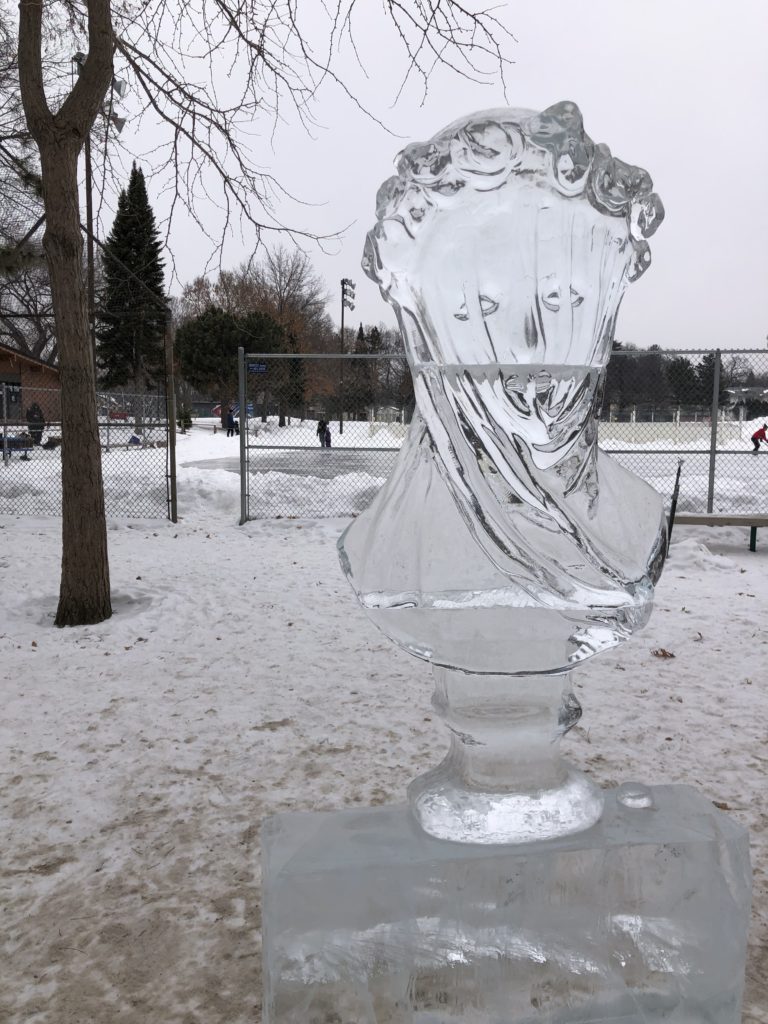
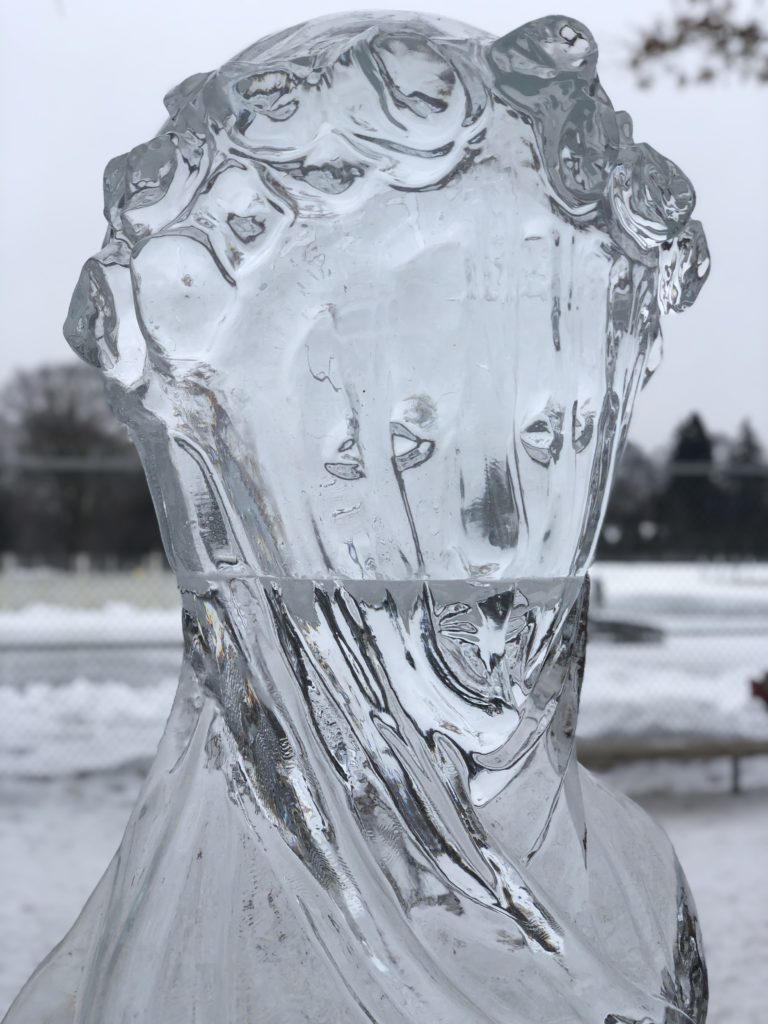
After a quick interlude to pick up coffee and donuts[1], our next stop took us to Washburn-Fair Oaks Park to see the “Olive Trees.” Now, I know you might not traditionally expect to see olive trees in Minnesota in the middle of winter, but life can be pleasantly surprising in that way. According to Mia, “For six months in the late summer and fall of 1889, Vincent van Gogh painted the olive groves around Saint-Rémy in the south of France, trying to capture something of their gnarled mysticism—’too beautiful,’ as he wrote his brother, ‘for us to dare to paint.’” Well, he dared: And paint them he did! I’m so glad van Gogh followed through and completed “one thing a day that scared him,” for witnessing the dazzling yellows and verdant greens beneath an icy gleam certainly made for a breathtakingly exquisite experience.
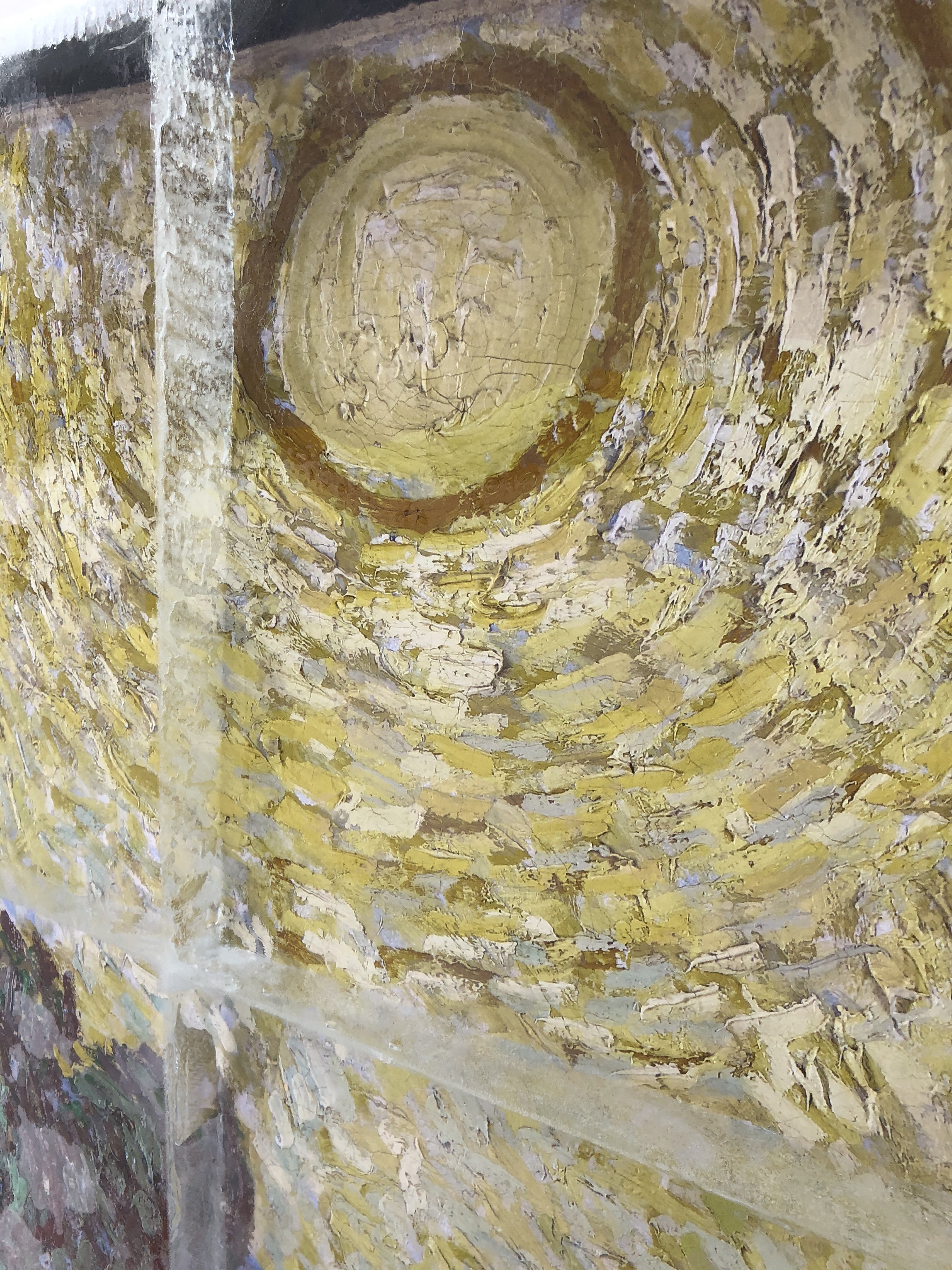
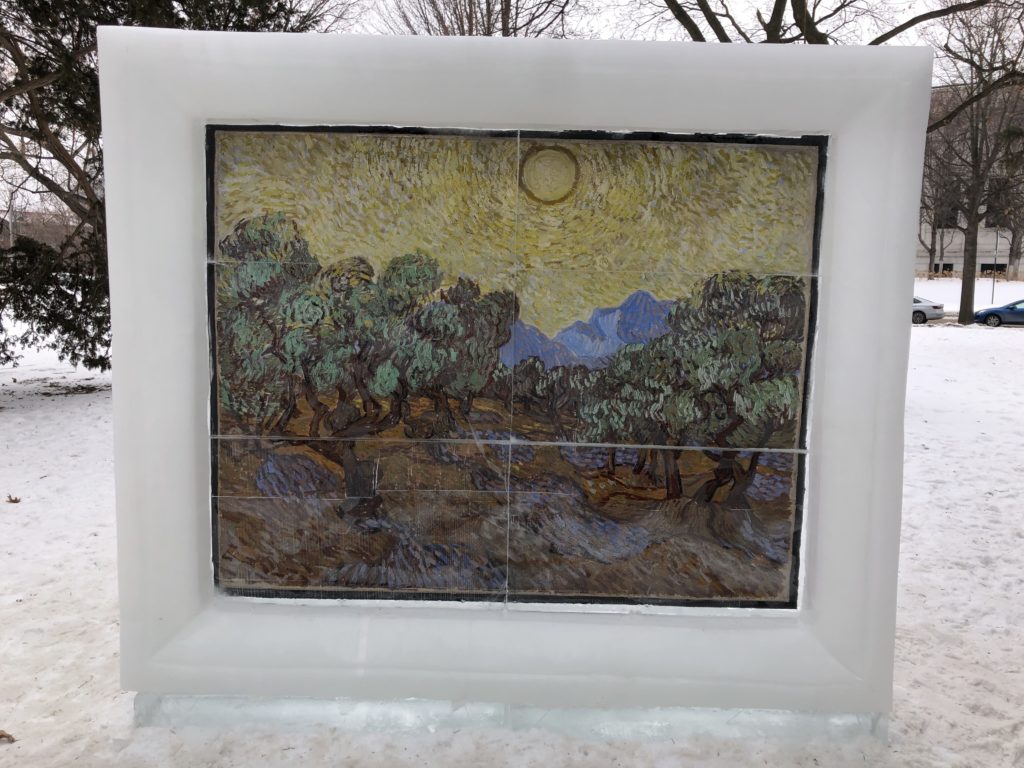
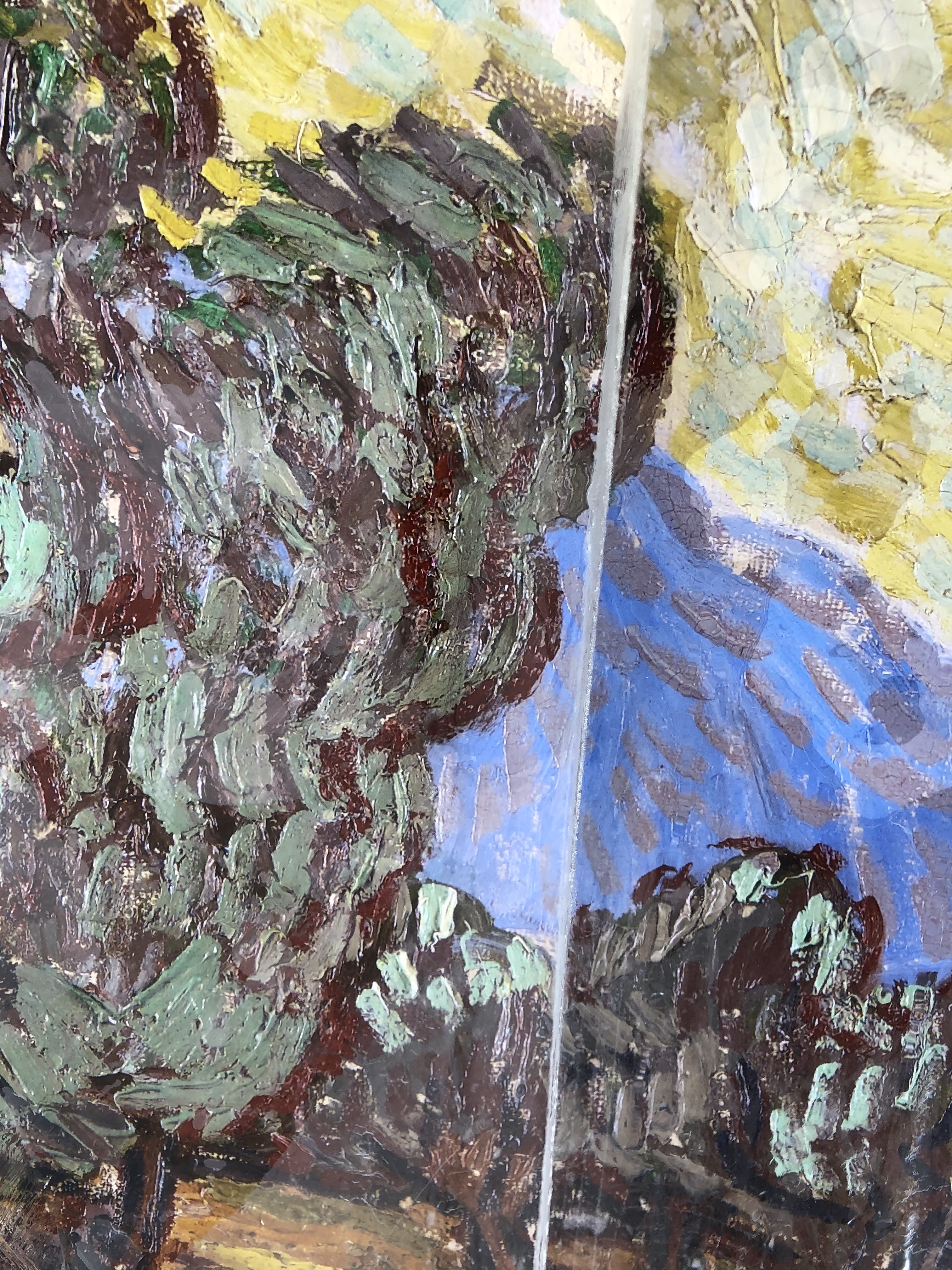
Our last stop brought us to Bde Maka Ska to visit “Your Dog.” According to Mia, “Like much of Yoshitomo Nara’s art, Your Dog is at once inviting and disquieting, sweet and sinister, an imposing projection of our own ambivalent memories and imagination.” While I can’t admit I saw the “sinister” side of this Rudolph the red nosed Fido, I can say we certainly saw a whole lot of real life doggos sniffing the heck out of this frozen imposter… only to be befuddled when the frozen foe wouldn’t sniff back! What can I say? I guess some dogs just aren’t as friendly as others!
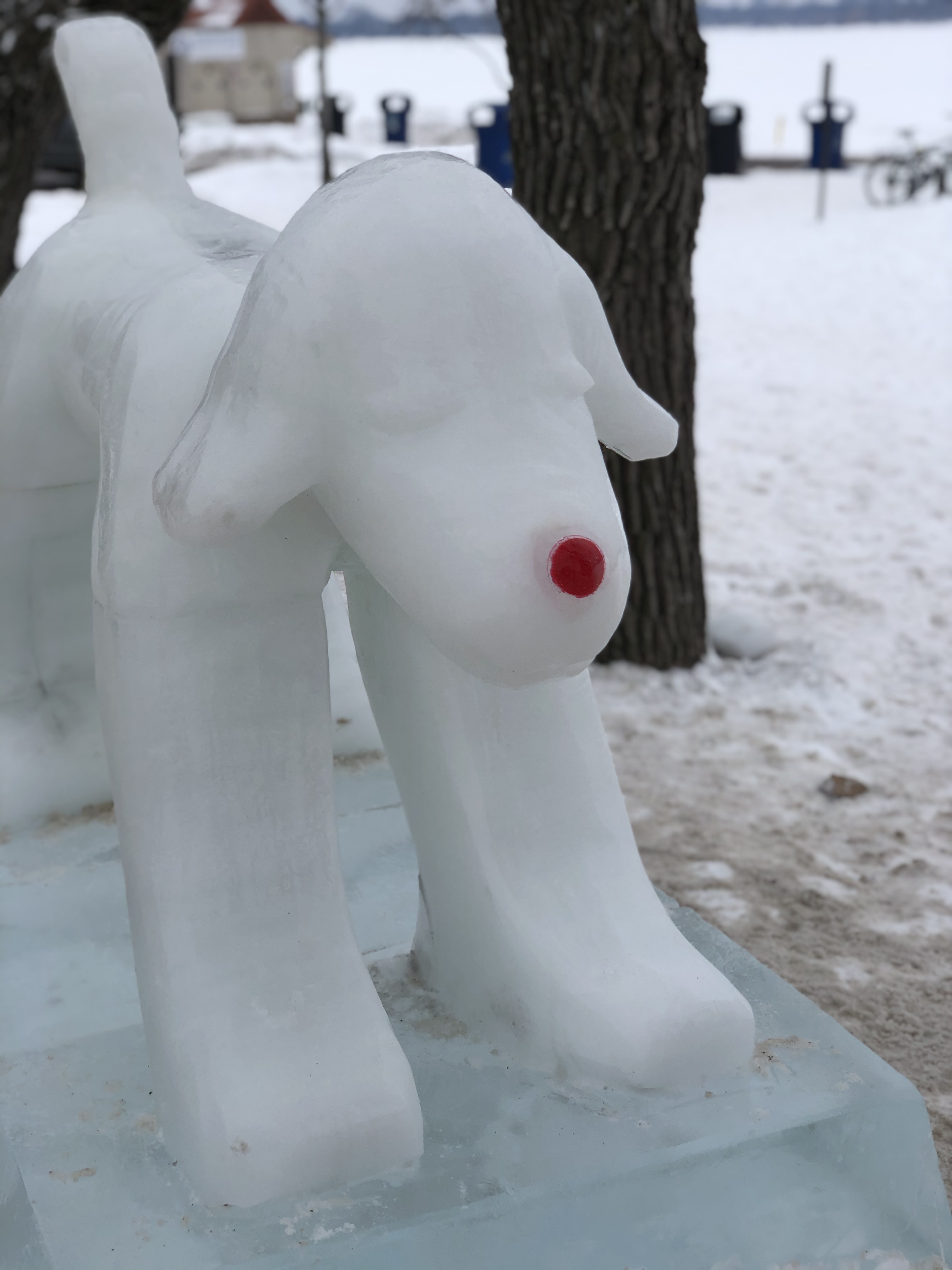
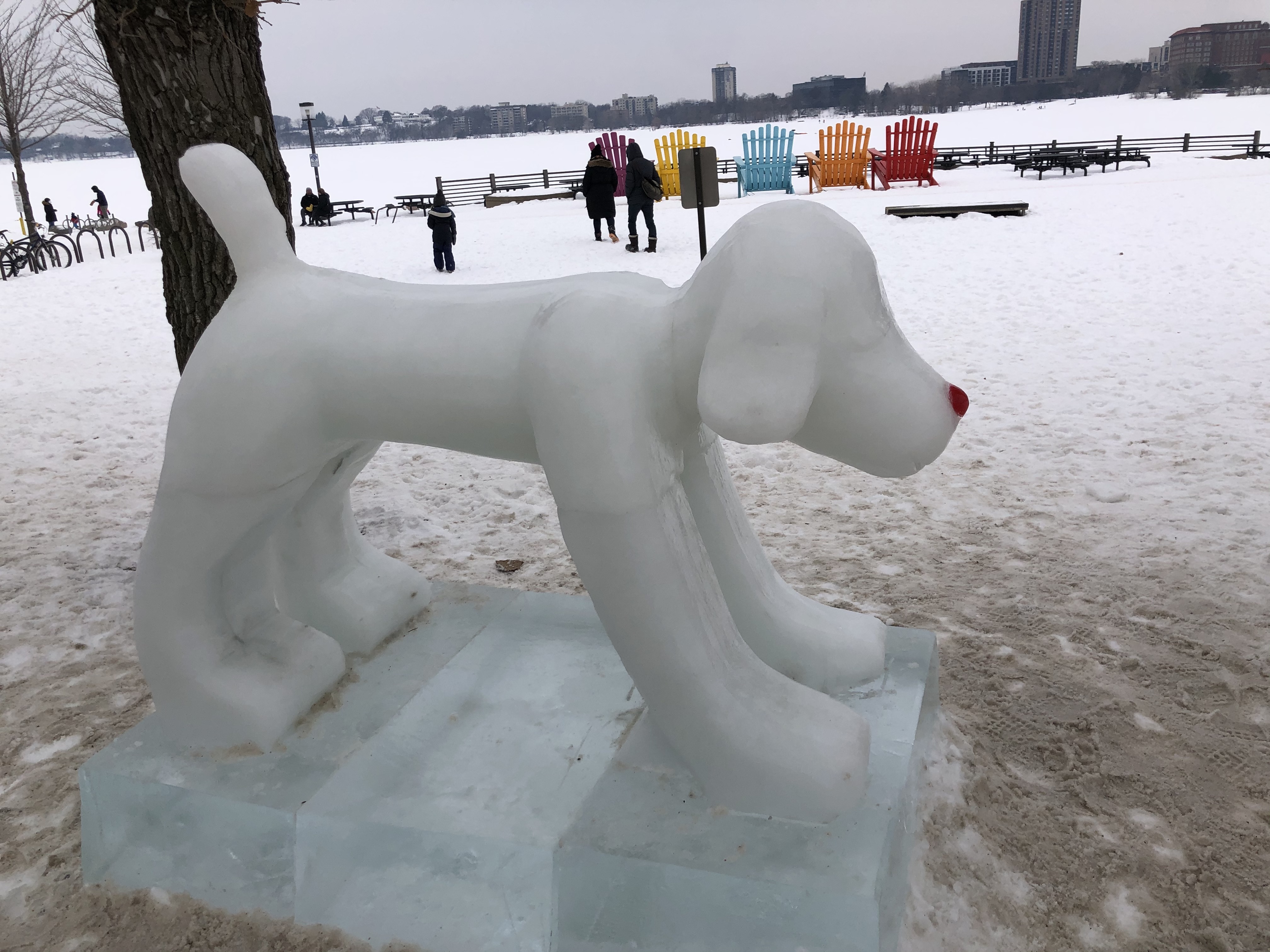
“Art in Ice” was a smashing success, and I greatly appreciated the spontaneity and good-natured spirit of this pop-up endeavor. Talk about embracing the cold: Not only did these ice sculptures celebrate the frigid temperature, but they actually needed them to thrive. In other words, the artwork couldn’t even be possible without the opportunity winter presented; the artists decided to lean into this possibility and ultimately created art in what some might otherwise deem a barren winter tundra. Finding the beauty within the seemingly bleak: There’s nothing more magical than that.
It’s true: There’s no such thing as bad weather. But I argue we shouldn’t simply finish this quip with the rejoinder “only bad clothing.” Doing so only scratches the surface of applicable connections and greater meanings. At its core, this sentiment is deeply optimistic and inherently full of possibility. It doesn’t see what is missing; rather, it sees the space for growth and opportunity. Admittedly, it can be difficult—and at times even scary—to live this way. Sometimes adopting this attitude causes us to be physically uncomfortable[2], sometimes it causes us to be mentally uncertain, and sometimes it causes us to be emotionally vulnerable. However, when we nudge ourselves to step into this discomfort—when we choose to view the world through the perspective that there’s ultimately no such thing as bad weather—we fundamentally shift our outlook and increase our possibility to grow and flourish.
Remember: There’s no such thing as bad weather. So put on your coat, lace up your boots, and go discover what’s out there!
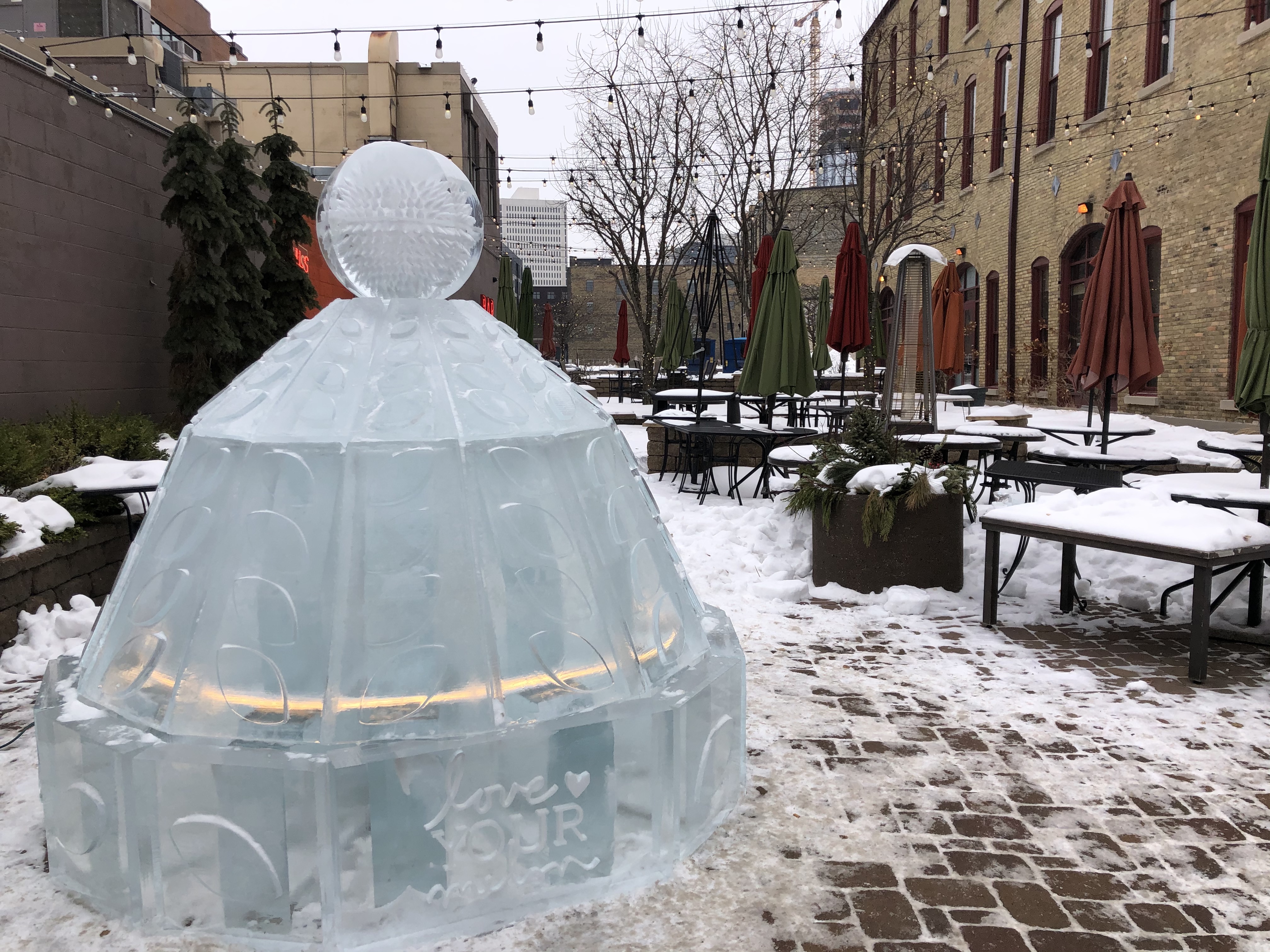
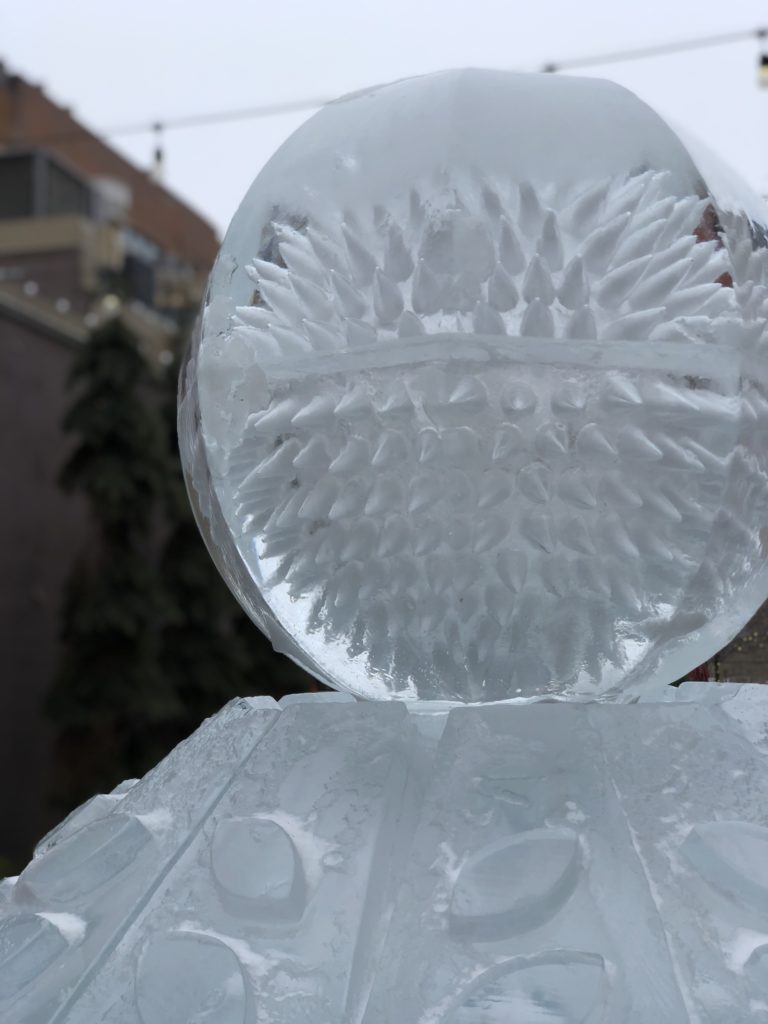
[1] Because, why not?!
[2] See: Frigid cold Minnesota temperatures.



Comments are closed.